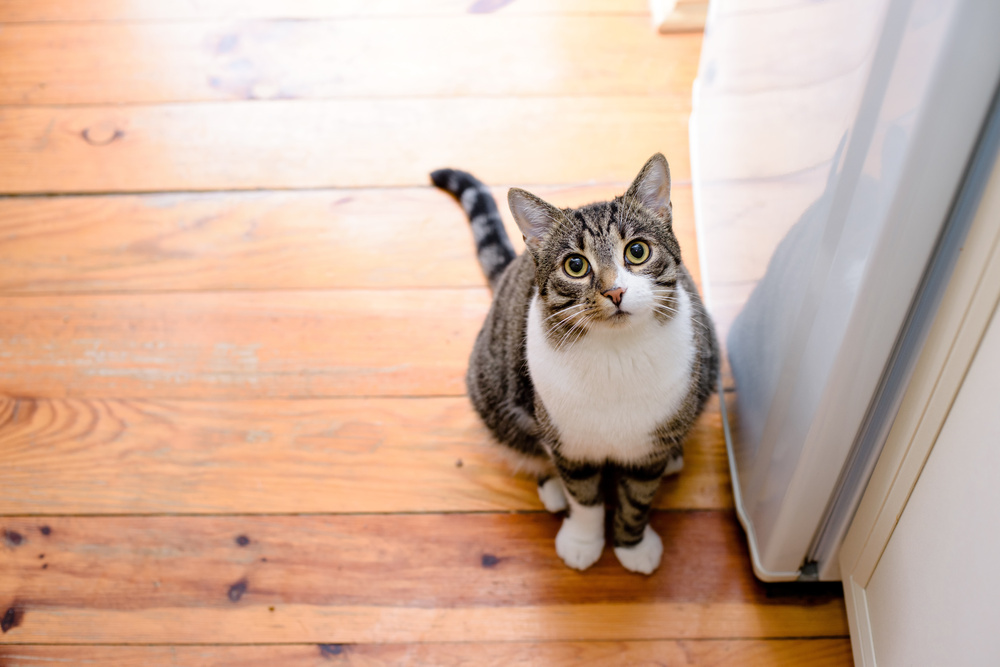If you are considering getting a cat but you live in an urban area, you might be wondering whether it is okay for a cat to stay inside all the time. After all, cats are curious creatures that like to explore.
There are many good reasons for keeping cats inside, with the main one being for their own protection. Those who are afraid that their cat might be harmed outside will likely want their pet to be a house cat. This means that the cat will stay indoors at all times and will eat, drink, and go to the toilet in the house. But is this cruel?
Is it Okay to Keep a Cat Inside?
According to some animal experts, such as the RSPCA, keeping a cat indoors means that it will prevent them from coming to harm on busy roads. Nevertheless, it is important that cats kept inside are stimulated and that they get enough exercise so that they do not become bored or obese.
Cats have plenty of energy and like to explore, so living indoors all the time can be difficult, especially for those cats that have previously been able to explore outside. So if you have moved from a suburban area to an urban area, you may need to consider a different option for your cat.
If you are worried about allowing your cat outside and fear that she might run away or get injured, you could think about training your cat to walk on a leash instead.
How to Train Your Cat to Walk on a Leash
According to the good folk at Voyager Harness, a walk kit for cats is a good option for those who are planning to train their pet to walk on a leash for the first time. A walk kit will include a suitable leash and harness as well as first aid supplies that you can use in the event of an emergency.
When training your cat to walk on a leash, you should allow her to become familiar with the harness first. Your cat may struggle with the idea of being placed in a harness because she will feel as though she is not in control. It is therefore necessary for her to have time to get used to being in a harness before you even consider taking her outside.
Once she is used to the harness, try placing it over her head, and use treats to keep her calm while you do this. Leave the harness on her for a few minutes and then repeat this the following day. Each time you place your cat in the harness, leave it on for longer. When you feel that your cat is comfortable wearing the harness, attach the leash and let her pull it until she is comfortable with this. You can then take her outside for a walk. Keep walks short in the beginning. Your cat is likely to be jittery at first, but once she gets used to being on the harness and leash, walks will become easier and more enjoyable.
Conclusion
Some cats have never known anything other than the inside of their owner’s home, and as long as they have plenty to play with for exercise and mental stimulation, they should be fine living inside. However, for cats that have previously enjoyed being outside and are now living indoors, a walk on a harness and leash could be the perfect solution. Nevertheless, it is always advisable to get your cat used to a harness and leash before venturing outside for walks.








